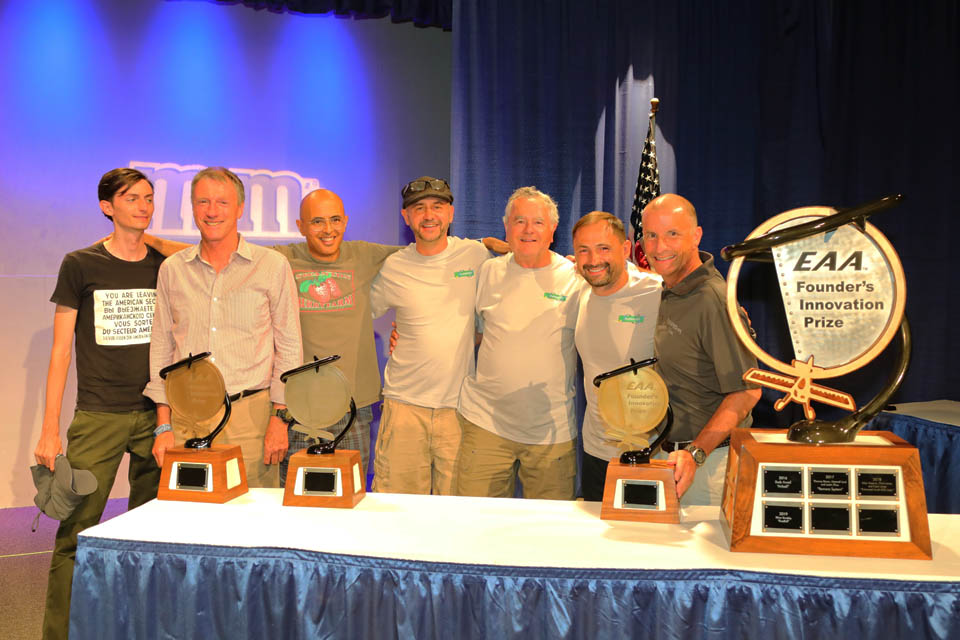Just when you thought matters chez Airball could not get any more ridiculous, there's this:
So let's back up a little. On the front, there's the thru-bolt style probe prototype that we've been working on. Nothing new there. But the things with the spirit level are way weird, and the mounting stuff in the back is just zany. Let's take it one by one. First the mounting.
* * *
The RAM ball mounting is very versatile and strong. But, if you apply pressure to a RAM mount, it will slip and move to a new position before it breaks. For a mount for an iPad or something, that's a a feature. But for something where alignment is important, I'd actually rather the mount break first, to make it clear that it's been misaligned!
To that end, I've been thinking of making a more rigid mount. Because many wing struts are not necessarily perpendicular to the direction of airflow, I need at least 2 degrees of freedom to adjust, which I have chosen to be: rotating around the axis of the probe, and rotating side to side. The result is this mounting:
The verdict: Way too wobbly. The design needs to be more rigid. But the idea seems sound, and we'll keep plugging at it.
* * *f
Next, there's the matter of the gunsights. This is part of a procedure to boresight the probe. First, we sight down the fuselage of the aircraft at a distant object:
Then we look down the sights, which are arranged somewhat similarly to a tang sight (as popularized on the Sharps rifle) and are to be attached temporarily with rubber bands and aligned with the keel line of the probe:
We level the probe with the bubble level, and align it with the distant object. The slit design of the sights allows us to move our line of sight up and down as needed:
The result is that the probe is aligned in a vertical plane parallel to the centerline of the fuselage:
If things are reasonable, it should also be aligned along the angle-of-attack axis in a reasonable direction. It need not be perfectly "horizontal" relative to the wing because -- well -- there is not such thing really (what do you pick? zero-lift line? chord line? ...?). From that point on, we do a test flight to calibrate the important AoA points, like stall, best climb, best glide, etc.
* * *
Stay tuned as we work out the kinks from the mount design. We will likely maintain our RAM mount adapters because they are so darned convenient. But the more rigid mounts are, in our view, also promising.
And of course, with the probe mounted on the end of a "tube", for experimental airplanes, we can use Adel clamps to clamp the tube to the wingtip screws, as shown in this schematic:
And that is of course a bridge to a permanent, wired-in solution for experimental airplanes!


















































